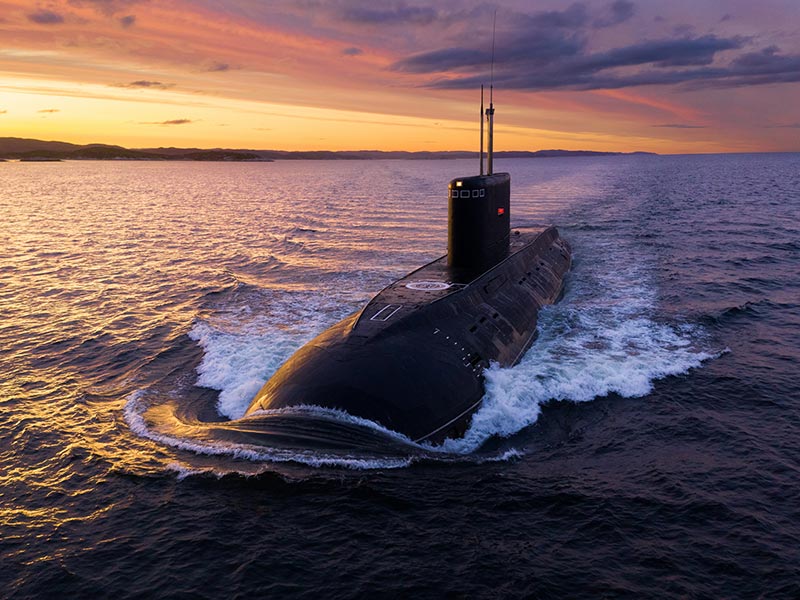A long-planned nuclear waste facility to store and dispose of radioactive material that has built up over decades has secured significant funding after the former Coalition government settled on a site for the facility.
More than $160 million will be spent on preparatory work for the National Radioactive Waste Management Facility, including “technical, design, regulatory and governance activities, and community engagement”.
But there is no indication when the facility – which has been on the cards in one form or another for 40 years – might be ready, with the funding provided in Tuesday’s federal Budget intended to stretch until 2030.

The facility will become the single location for the disposal of Australia’s low level nuclear waste and a temporary storage location for intermediate level waste which until now has resulted from scientific research and industrial, agricultural and medical applications.
That is set to change from early 2030, when Defence is expected to begin acquiring up to five Virginia-class nuclear powered submarines from the US for delivery, before building a new squadron of nuclear submarines based on a British design for delivery in early 2040.
Existing radioactive waste is currently kept at the Australian Nuclear Science and Technology Organisation’s (ANSTO) Lucas Heights reactor in Sydney, with another 100-plus locations across Australia also being used for storage.
In November 2021, the former Coalition government acquired a site near the town of Kimba on Eyre Peninsula in South Australia to build the facility, which is opposed by the local Barngarla people.
By May last year, parts of the facility’s design and planning had already been outsourced, despite an ongoing legal challenge from Traditional Owners set to begin next month.
South Australian Premier Peter Malinauskas has reportedly already ruled out the facility handling spent fuel rods from AUKUS submarines, although is lobbying the federal government for the rods to be stored in the state’s Woomera Prohibited Zone.
The funding for the National Radioactive Waste Management Facility is accompanied by further Budget measures to support the development of radioactive waste management, storage and disposal, including a $5.2 million project with Defence and the planned Australian Submarine Agency.
The Department of Industry, Science and Resources will also receive $9.7 million over the next five years to develop a “pathway” for the long-term disposal of intermediate-level radioactive waste generated from non-defence activities.
In total, the Industry department has been allocated $476.4 million, the bulk of which will be used by the Australian Radioactive Waste Agency to continue managing a national inventory of radioactive waste and coordinate its disposal and storage.
Elsewhere in the Budget, the ANSTO has been funded with at least $84.4 million over three years to provide nuclear medicines, with the full 10-year funding package not-for-publication due to “commercial sensitivities”.
More than half of the funding will be used by the agency to manage the shutdown of its OPAL nuclear reactor for maintenance in March 2024, requiring medicines that would ordinarily be produced onshore to be imported.
During the shutdown, the reactor’s unique cold neutron source, which has been used since 2007, will be replaced, promising “increased scientific performance” well into the next decade, according to ANSTO.
The remaining $39.9 million in known funding set aside for ANSTO over the next three years will be used to wind-up ANSTO Nuclear Medicine by June 2024, with its operations, assets and liabilities to be transferred to ANSTO.
An undisclosed amount of funding will be used by ANSTO to build a new nuclear medicine manufacturing building and maintain its current facility, as well as develop a business case for a new facility to “support Australia’s sovereign nuclear security science capability”.
The agency will also receive $16.3 million as part of a $4.5 billion nuclear-powered submarine support package to provide “radiological baselining and monitoring, and provide advice on the safe implementation of nuclear technology”.
As previously announced by the government, a new Australian Submarine Agency will be created within Defence to manage the submarine program, with $7.9 million from that allocation to be used to establish the Australia-Nuclear Powered Submarine Safety Regulator
Do you know more? Contact James Riley via Email.

